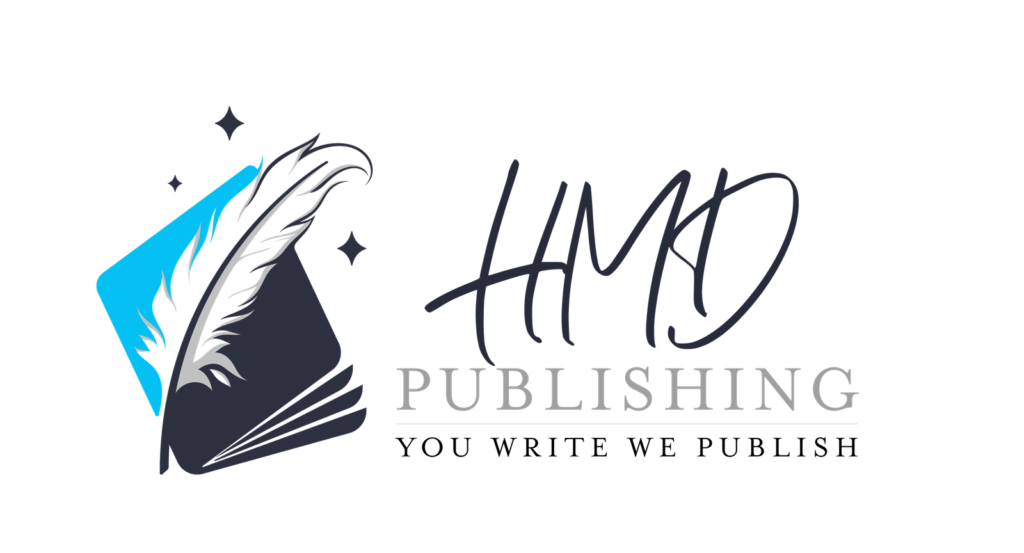You’ve completed your manuscript and navigated the self-publishing process, but the real challenge begins now: getting your book into readers’ hands. Self-published book marketing requires strategic planning and consistent effort. This guide covers the five most effective book promotion strategies to help your indie book succeed.

Develop a Comprehensive Book Launch Marketing Plan
A well-structured book launch marketing plan creates momentum that extends far beyond release day. Begin planning 3-6 months before publication to ensure all promotional elements work together seamlessly.
Build anticipation through strategic content releases including cover reveals, sample chapters, and behind-the-scenes glimpses into your writing process. This creates multiple opportunities to discuss your upcoming book without repetitive messaging.
Leverage pre-orders to accumulate sales that count toward your launch day ranking. This can significantly boost your book’s visibility in the crucial first days after release, helping you find the best ways to promote a book during this critical window.
Recruit a dedicated launch team of enthusiastic readers who receive advance copies in exchange for honest reviews and promotional help during launch week. Provide them with ready-made social media content, email templates, and specific tasks to maximize their impact.
Schedule a concentrated burst of promotional activities during launch week including newsletter features, podcast interviews, blog tours, and strategic price promotions. This coordinated approach creates a perception of widespread popularity that attracts attention from both readers and algorithms.
Need help creating an effective launch plan? Our marketing team can develop a customized strategy for your book.

Master Social Media Marketing for Authors
Social media marketing for authors works best when you focus on platforms where your target readers actually spend time rather than trying to maintain a presence everywhere.
Choose platforms strategically based on your genre and audience demographics. For fiction, visual platforms like Instagram, BookTok (TikTok’s book community), and Facebook groups often yield the best results. For non-fiction, LinkedIn, Twitter, or YouTube might be more effective depending on your subject matter.
Create a content calendar that follows the 80/20 rule—80% value-driven content that entertains or informs your audience, and only 20% direct promotional content. This approach builds goodwill and keeps followers engaged without feeling constantly sold to.
Develop a distinctive author brand with consistent visuals, voice, and messaging across all platforms. This cohesive presentation helps readers recognize your content and builds trust over time, establishing you as a credible voice in your genre.
Engage authentically with your community by responding to comments, asking questions, and participating in relevant conversations. Building genuine connections with readers and other authors creates a supportive network that can significantly amplify your reach.
Our social media audit can identify your best platform opportunities and content strategies.

Implement Proven Strategies to Increase Book Sales Online
To increase book sales online, you need a multi-faceted approach that leverages various retail platforms while maximizing your book’s visibility.
Optimize your book’s metadata on all platforms, including keyword-rich titles, compelling descriptions, and appropriate categorization. Regularly refresh these elements to respond to changing search trends and marketplace dynamics.
Implement strategic price pulsing by temporarily adjusting your price point to attract different customer segments or capitalize on promotional opportunities. This can include discount promotions, flash sales, or special holiday pricing.
Create boxed sets or bundles that offer value to readers while increasing your revenue per customer. This strategy works particularly well for series or thematically related books and can dramatically increase your pages read in subscription services.
Develop consistent content marketing through blogging, podcasting, or video that establishes your expertise and keeps your book visible long after the initial launch excitement has faded. This ongoing visibility is crucial for how to sell more self-published books over the long term.
Build cross-promotional relationships with complementary authors in your genre to share audiences through newsletter swaps, joint promotions, or collaborative projects. These partnerships can introduce you to established reader bases without significant marketing costs.
Our sales optimization analysis can identify specific opportunities to increase your book’s performance.

Learn How to Market a Book on Amazon KDP Effectively
Since Amazon dominates the book market, mastering how to market a book on Amazon is essential for reaching the widest possible audience.
Optimize your Amazon presence by completing your Author Central profile with a professional photo, compelling bio, and links to your website and social media. This creates a professional impression and helps readers connect with you beyond a single book purchase.
Select the most strategic categories and keywords for your book to ensure it appears in relevant searches. While you can choose only two categories during initial setup, you can request additional category placements by contacting KDP support after publication.
Utilize Amazon Advertising to increase visibility through Sponsored Product ads targeting relevant keywords and competing titles. Start with a small daily budget and carefully track your advertising cost of sales (ACoS) to ensure profitability. Test different ad copy and targeting strategies to find what works best for your specific book.
Consider enrolling in KDP Select for a 90-day period to take advantage of promotional opportunities like Countdown Deals and Free Book Promotions. These tools can dramatically boost visibility and lead to follow-on sales when used strategically.
Regularly update your book description with recent reviews, awards, or other social proof that might influence buying decisions. Fresh content signals to Amazon’s algorithms that your book page remains active and relevant.
Our Amazon KDP optimization package can help maximize your book’s visibility and conversion rate.

Combine Free and Paid Book Marketing Strategies
The most successful authors leverage both free and paid book marketing strategies to maximize reach while managing costs effectively.
Effective Free Strategies:
Guest posting on blogs that reach your target audience provides valuable content while introducing you to potential readers. Focus on delivering genuine value rather than obvious self-promotion to build credibility with these new audiences.
How to get book reviews for self-published books remains a persistent challenge, but you can develop a sustainable review strategy by building an advance reader team, reaching out to book bloggers who cover your genre, and simplifying the review process for readers with direct links and well-timed reminders.
Podcast interviews allow you to share your expertise and story with engaged audiences. Many book-focused and genre-specific podcasts actively seek author guests, particularly those who can discuss topics beyond just their book.
Strategic Paid Investments:
Investigate the best book promotion platforms for your specific genre. BookBub Featured Deals consistently deliver the highest ROI, while genre-specific newsletter promotions through services like Fussy Librarian, Book Barbarian, or Robin Reads offer targeted access to readers actively looking for new books in your category.
Consider professional services that specialize in indie author book marketing, from cover designers who understand genre conventions to marketing consultants who can develop customized promotion plans based on your book’s unique strengths and audience.
Email marketing for authors consistently delivers the highest ROI of any marketing channel when done correctly. Invest in a reliable email service provider with author-friendly features like automation, segmentation, and analytics to nurture your most valuable asset—your direct connection with interested readers.
Explore our range of book marketing packages designed for every budget.
Conclusion: Implementing Self-Publishing Success Strategies
The most effective self-publishing success strategies combine these five approaches while adapting them to your specific genre, audience, and strengths. Marketing a self-published book successfully requires persistence, creativity, and strategic thinking.
Track your results carefully to determine which tactics are most effective for your particular book and audience. Be prepared to adjust your approach based on data rather than assumptions or conventional wisdom. The promotional landscape constantly evolves, and staying flexible allows you to capitalize on emerging opportunities.
Most importantly, approach book marketing as a marathon rather than a sprint. Building a sustainable readership takes time and persistence. The most successful indie authors view each book as part of a longer career strategy, with marketing efforts that compound over time as they build their backlist and audience connections.
By implementing these five proven strategies, you’ll give your self-published book the best possible chance of finding its audience and achieving long-term success in an increasingly competitive marketplace.
Ready to take your book marketing to the next level? Book a free consultation with our marketing team.




